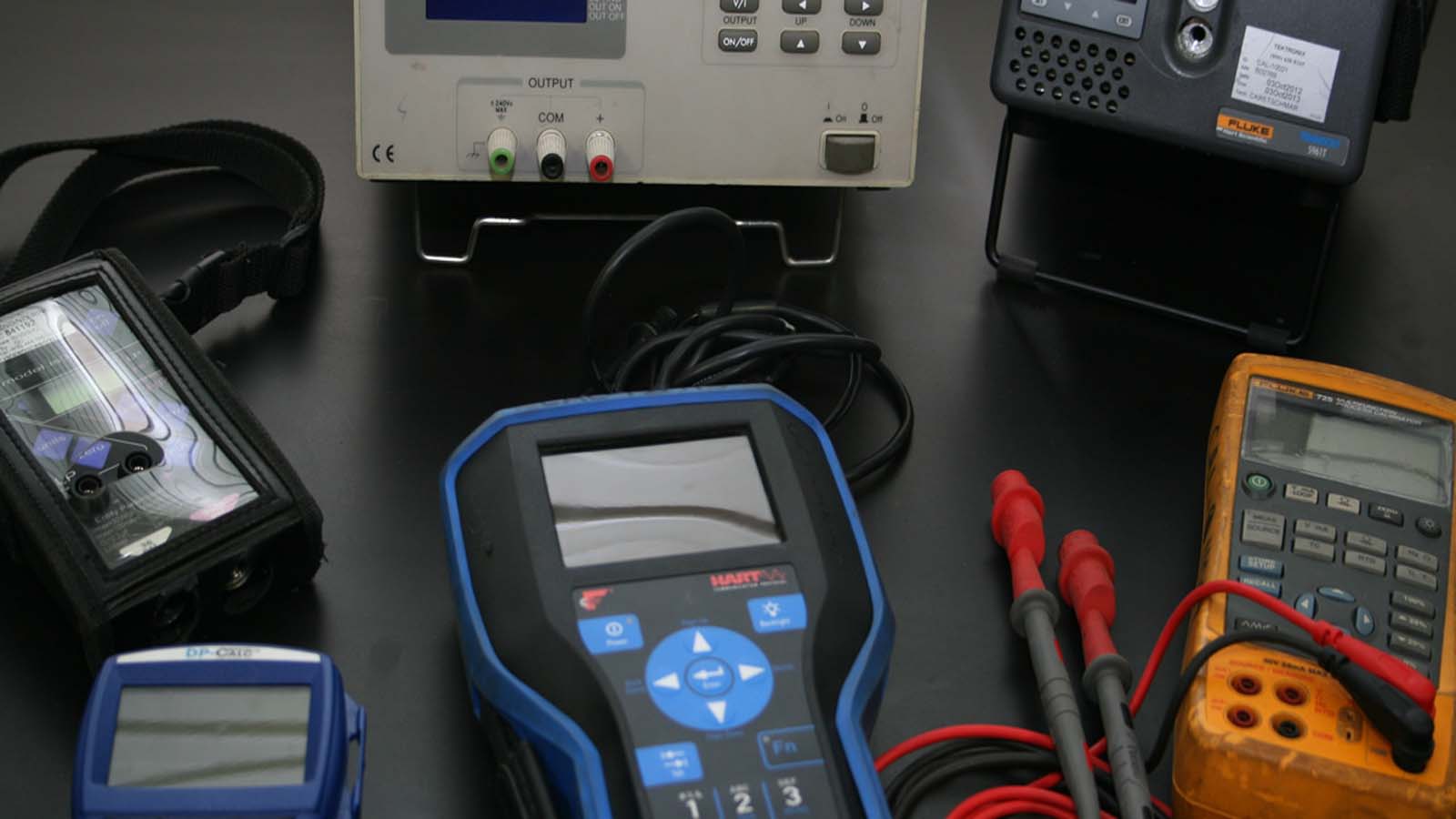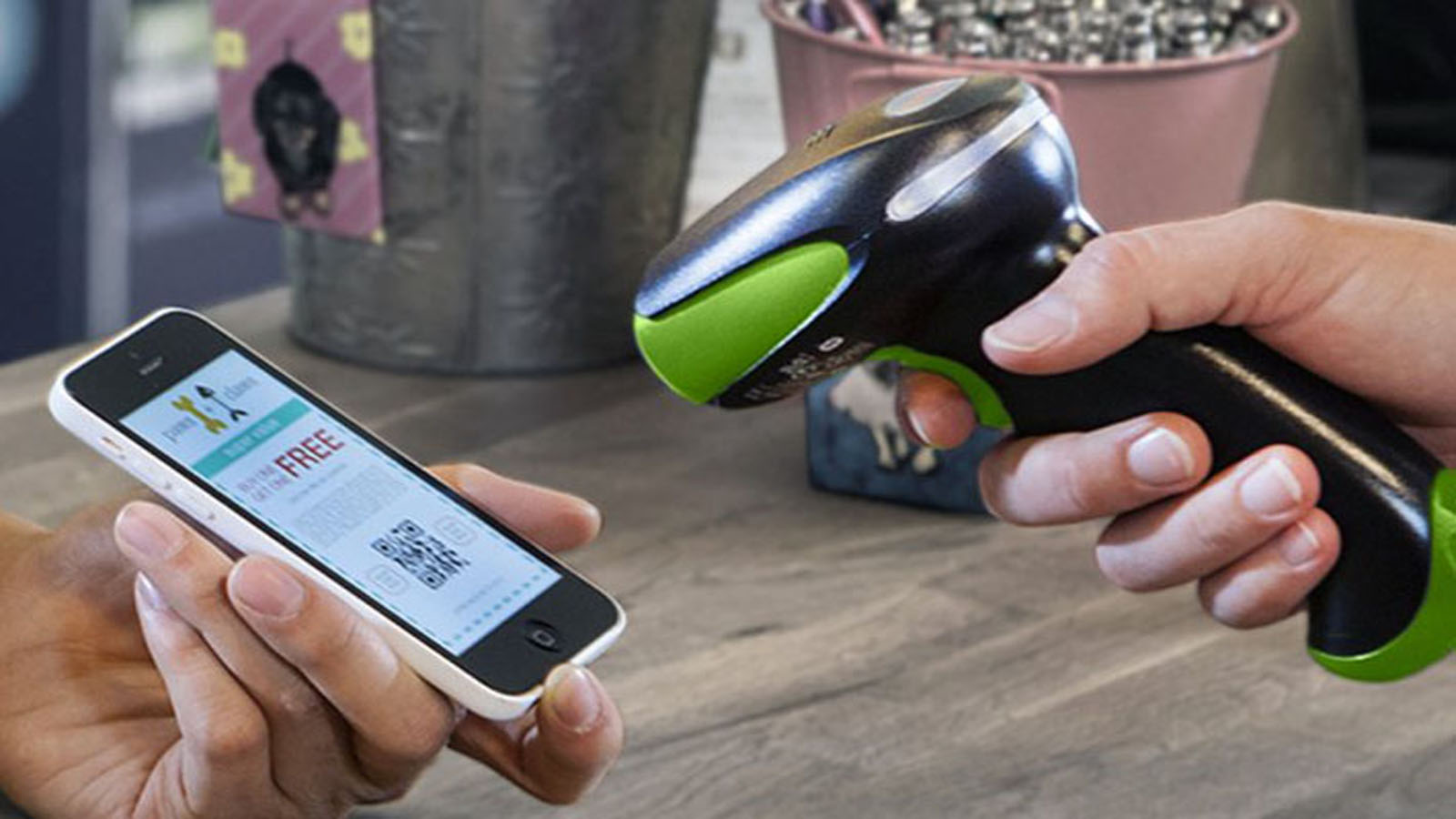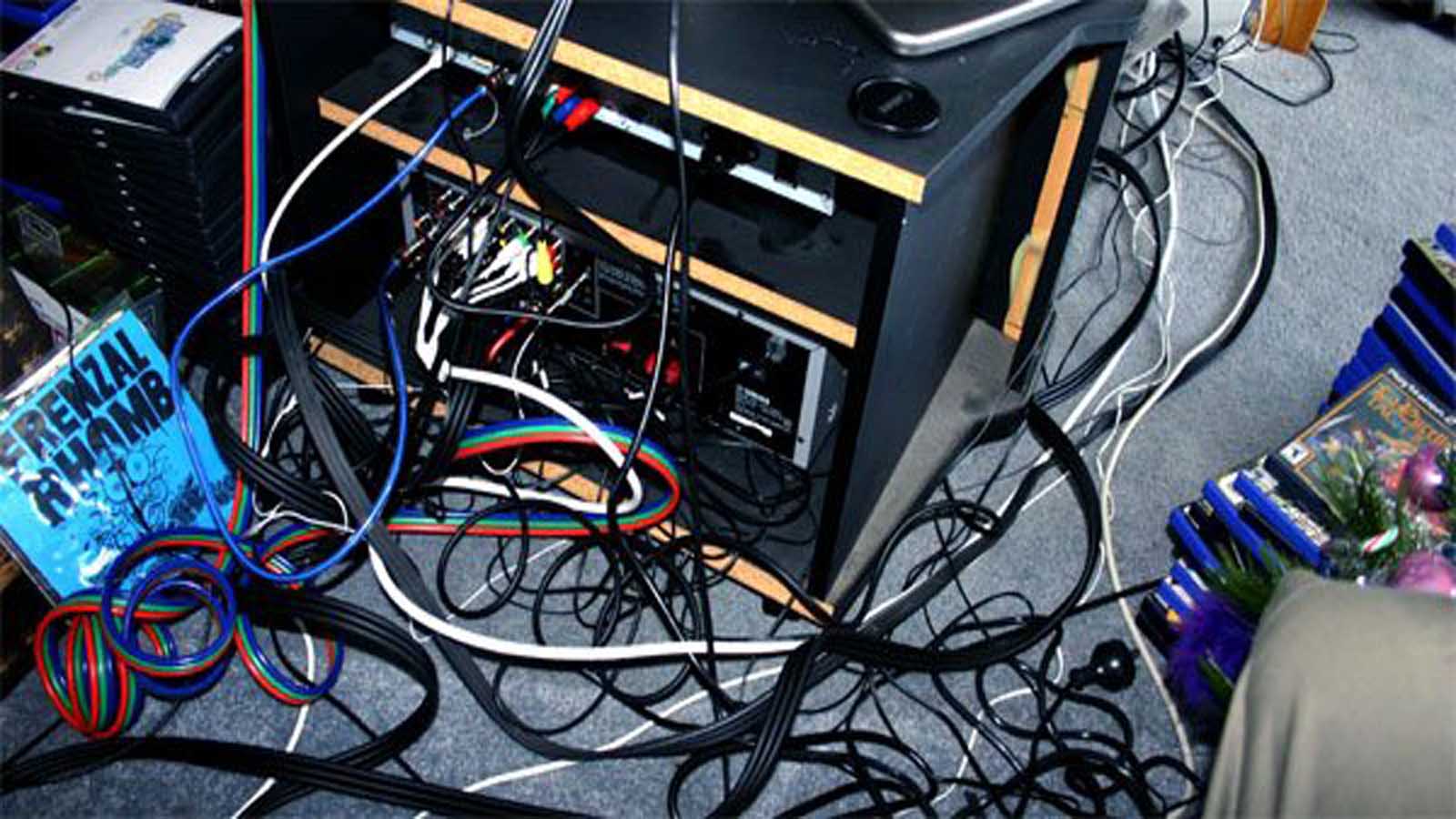Purchasing quality industrial scales will provide your business with an effective means of achieving highly accurate readings of weight measurements for a variety of different applications.
Precision balances are available to measure extremely light substances in laboratories and, conversely, heavy duty weighbridges are purpose-built to measure and withstand the weight of trucks, vans and other large industrial vehicles.
Despite their impressive weighing capabilities, all scales must be cleaned regularly and, every so often, calibrated to maintain their efficacy for future work.
What is Calibration?
In this industry, calibration is the process of verifying a weighing scale’s accuracy by conducting extensive testing and comparing the data obtained with a known and accepted standard.
This system allows for any problems with data outputted by a scale to be identified and, ultimately, rectified. Calibration services typically include both the analysis and (if necessary) repair of scales in order to bring their accuracy back to acceptable levels.
Why is Calibration Necessary?
Calibration is essentially an MOT for weighing scales. It involves a general inspection and servicing of your equipment to ensure accuracy is maintained moving forward.
The accuracy of all scales will slowly degrade as a result of continuous use over time; however, there are also additional environmental factors which can affect the readings provided.
Electrical overloads, changes in climate, accidents and other events can all be detrimental to the performance of a weighing scale and can eventually lead to inadequate readings being displayed.
What are the Benefits?
Calibration ensures all of your weighing equipment is fit for use and will provide results with minimal deviation from the accepted standards.
In addition, you will also be issued with a certificate which provides a comprehensive breakdown of the testing completed including the data analysed, any issues identified and the processes undergone to fix these.
The main benefits of calibration are:
- Maintaining highly accurate weight measurements
- Ensuring your company adheres to all relevant regulations regarding the weight of products, vehicles and other objects weighed
- Avoiding financial penalties, legal action and complaints from customers
- Maintaining a positive brand image by providing accurate product data to customers and other stakeholders of your business
The above list is vitally important for all applications; however, there are certain benefits which are more pertinent to specific industries.
The following section covers issues which can occur through using poorly calibrated scales.
Vehicle Weighing
Using machinery such as weighbridges allows companies to record the gross and net weight of their vehicles and this information can then be used to calculate the product’s cost and any duty or tax fees which may apply.
If these scales are unable to produce accurate data, customers may be deceived into overpaying for the goods they receive or, similarly, companies may avoid paying sufficient tax and surcharges.
In the first instance, customers may be inclined to file a formal complaint against your business or even cease trading altogether.
In more serious cases, legal action may even be taken which can entail large financial penalties and severely damage your brand as a result.
Medical Scales
Professional Class III Medical Weighing scales are used extensively to help medical professionals accurately assess a patient’s current health as well as facilitate the diagnosis of any conditions they may be living with.
A person’s weight is hugely important and can provide warning signals to the onset of diseases such as cancer, depression and viral infections.
Without accurate, calibrated weighing scales, doctors may be unable to identify these signs and this can cause patients to suffer from medical negligence.
Completing regular calibration is a simple and cost-efficient way to maintain the accuracy of your scales and avoid the multitude of problems which can occur from using incorrect weight data.
Laboratory Balances
In the medical industry, uncalibrated scales can result in incorrect prescriptions being issued to those in need. However, if a laboratory balance provides an incorrect measurement, pharmaceutical companies may inadvertently provide inaccurate information relating to a medicine’s chemical composition.
As a result, doctors and other medical professionals, may be unable to correctly treat a patient or, in more serious cases, an individual may experience an overdose which could compromise their health.

 Cart is empty
Cart is empty 



